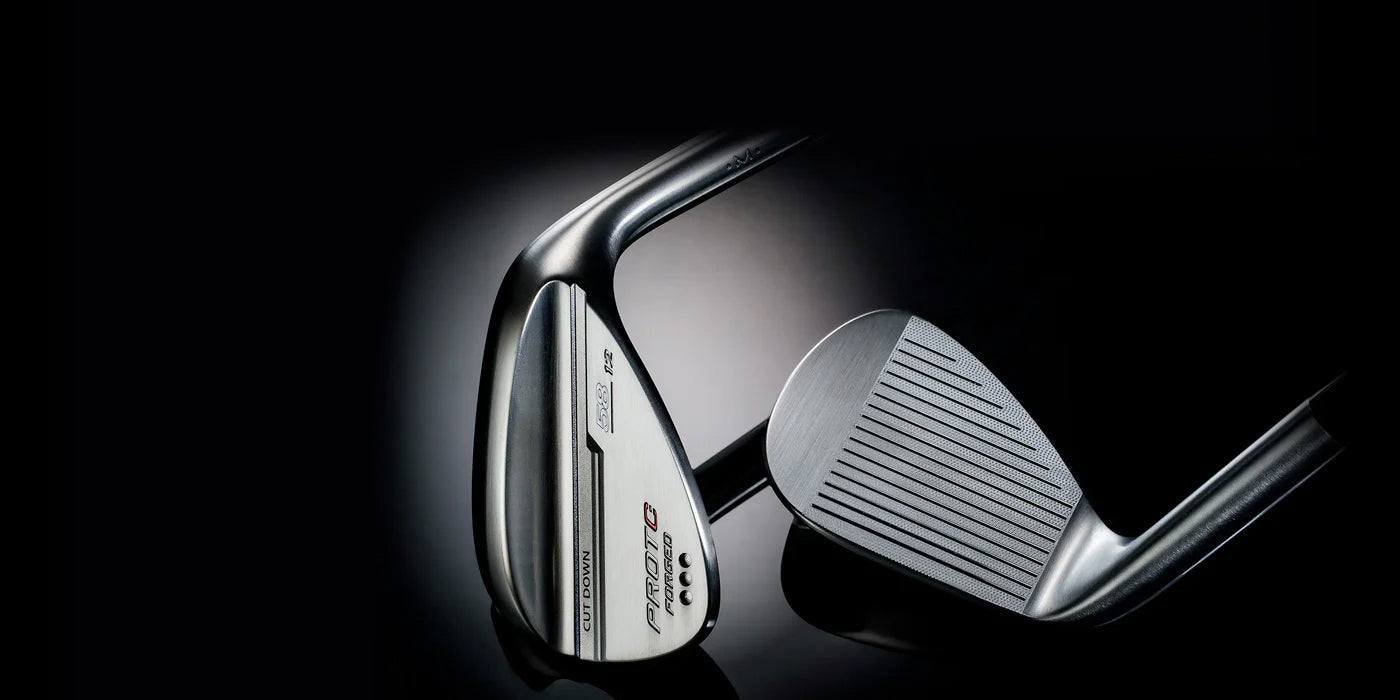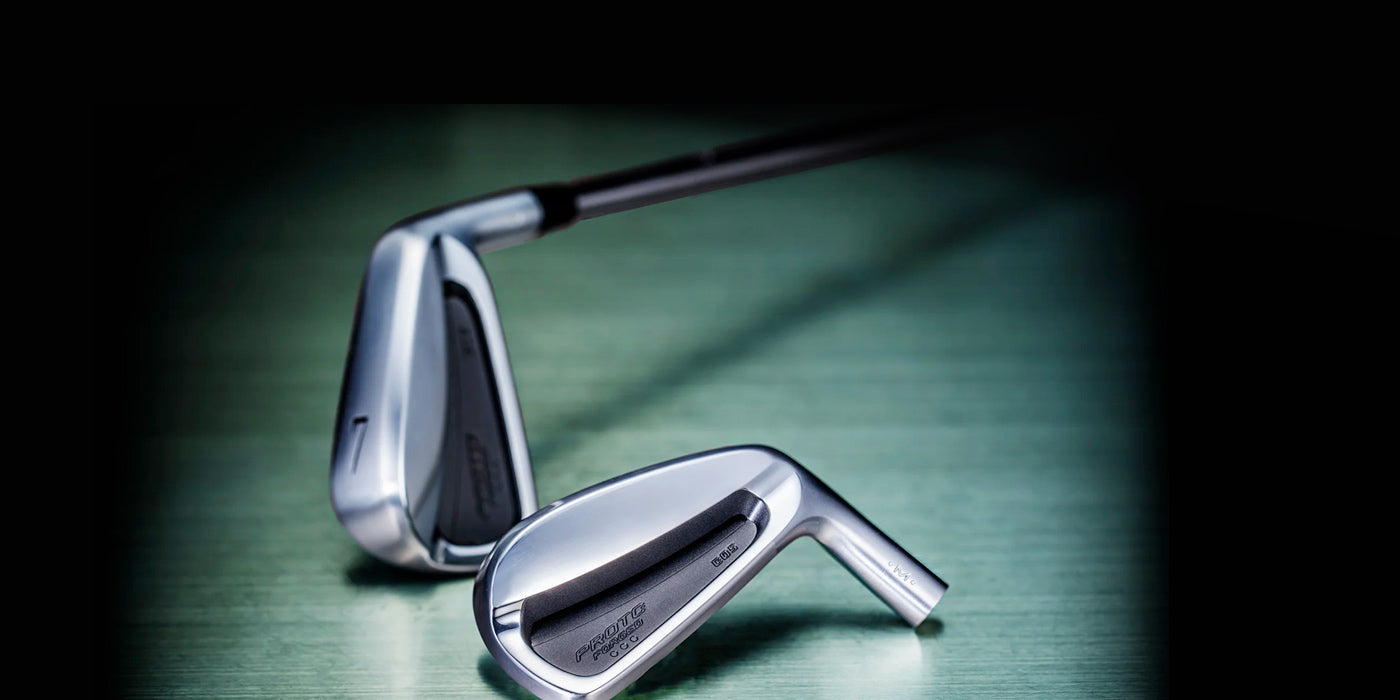
How to put more spin on approach shots?

Putting spin on approach shots and stopping the ball on the green is a dream technique of many amateur golfers. The vast majority of golfers look on with envy at the amazing skills of tour pros, where the ball is launched low with great spin and then comes to a quick halt close to the pin.
Although there is said to be fewer cases of showing off such strong spin shots nowadays as tour conditions are tougher, pros nonetheless hit spin shots in key moments to get closer to the pin. This includes when they need to get the one-hop-and-stop shot by hitting slightly high and with low spin, or when they need to stop the ball short-sided with very strong spin.
There are several factors that contribute to hitting these backspin shots. The most important is, of course, the ball. Using a ball with a soft urethane cover will allow the ball to capture the clubface for strong spin. The more spin you will get with thicker cover, but the ball may lose rebound if the soft cover area becomes too thick. It is said these aspects cause struggling in golf ball development.

The clubface is the most pivotal element in the development of wedges.
A very smooth face with just enough face grooves to not violate any rules is needed. The rules regarding clubface grooves were updated in 2010, banning sharp grooves such as square grooves of the past. PROTOCONCEPT crafts with high precision forging that is more accurate than machining to create a precise and solid score line. By not engraving, the effects of excellent spin performance are longer-lasting.

Since the groove rule revision in 2010, the element that saw most advancement is probably the milling on the clubface. Various milling processes have been developed to remove obstacles that hinder spin and to increase friction. The wedges by PROTO-CONCEPT feature the newly developed Face Dot Milling. Producing strong and stable spin on the rough, in wet conditions and under any other weather, it prevents failed shots that pop the ball right overhead and demonstrates its effectiveness more on bad lies.
The effects of the sole are surprisingly left unknown. The bounce gliding on the ground and the clubhead moving in a sliding motion allow the ball to ride on the face and stabilize the impact area, which greatly contributes to spin performance. A good sole design will naturally deliver strong spin. All PROTO-CONCEPT wedges are designed to maximize this sole bounce effect.


With the world's best precision forging used, the wedges' head provides excellent ball retention and the feel of the ball riding the clubface. Spin is created by a series of movements of the ball "sliding," "stopping" and "twisting" at the moment of impact. All of PROTOCONCEPT's features equipped facilitate the elements needed to feel the ball "ride on the face" to deliver high spin performance under various conditions.
Rather than being close to magic, the ideal spin is strong and consistent under various conditions encountered in the actual game with stable launch as well. PROTOCONCEPT’s wedges function solely for the purpose of improving score.
PROTOCONCEPT Brand Producer
Yasufumi Kawasaki




